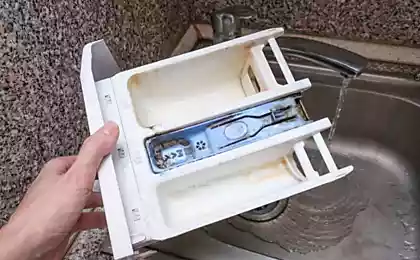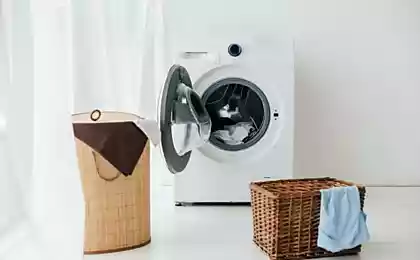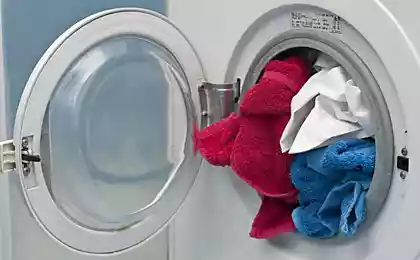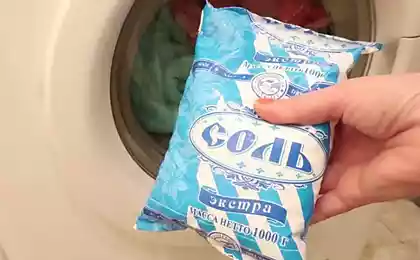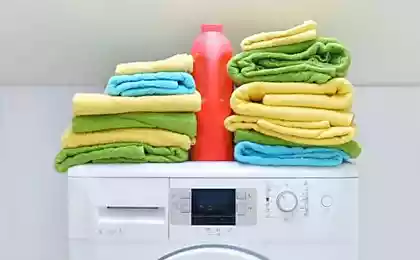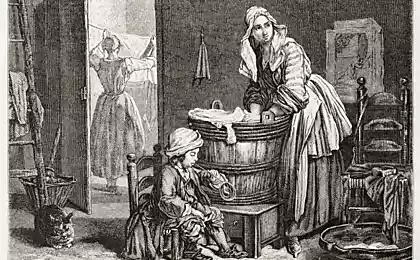144
How much powder is best to add when washing
How much powder is needed for quality washing? Each hostess has an answer to this question, and more is not always better. After all, it is important not only the degree of contamination of laundry, but also its quantity, hardness of water, type of fabric, volume of water used and washing regime.
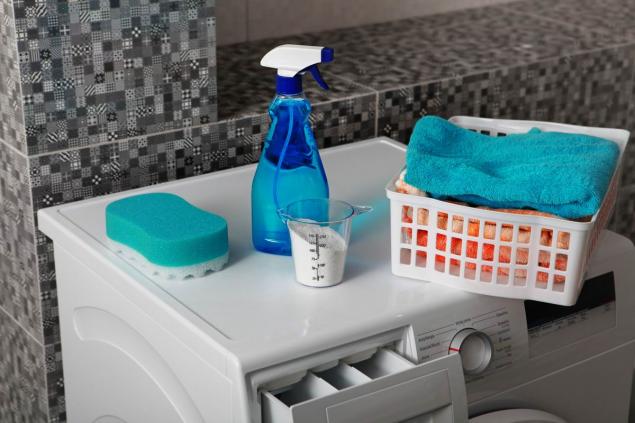
Usually, we dose the powder, focusing on the information on its packaging. But the fact is that detergent manufacturers are interested in increasing sales, not saving our budget. Therefore, it makes sense to listen to the recommendations of experts.
On average, the following standards are indicated on most powders.
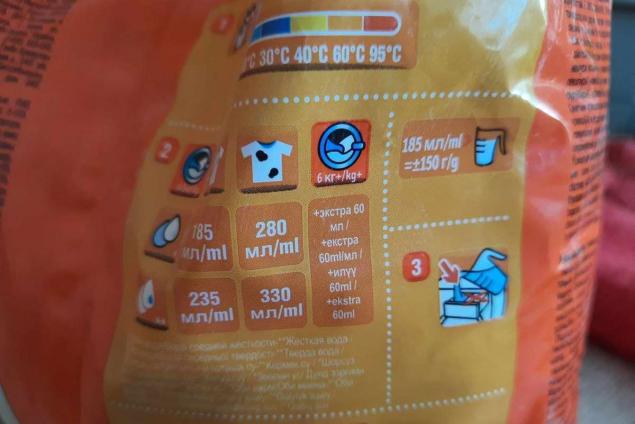
Their excess leads to white divorces on clothes, clogging of a removable tray for washing machine powder and an unpleasant smell from the drum.
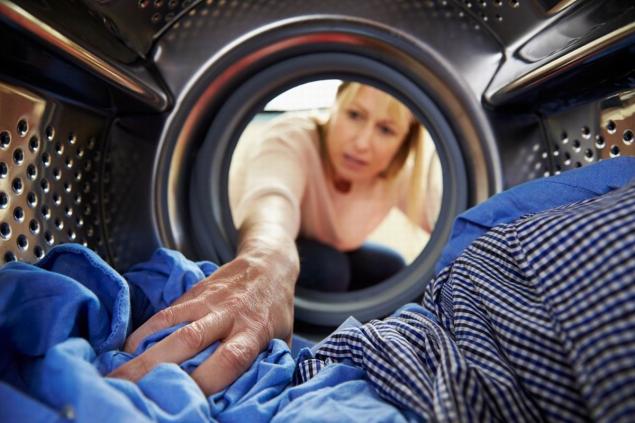
However, independent experts considered that with normal hardness of water, it is enough to put 1 tablespoon (25 g) of powder per 1 kilogram of dry linen in the washing machine. For soft water, this amount can be reduced to 15 grams. For example, in order to wash 4 kilograms of laundry in hard water, you need 100 grams of powder.
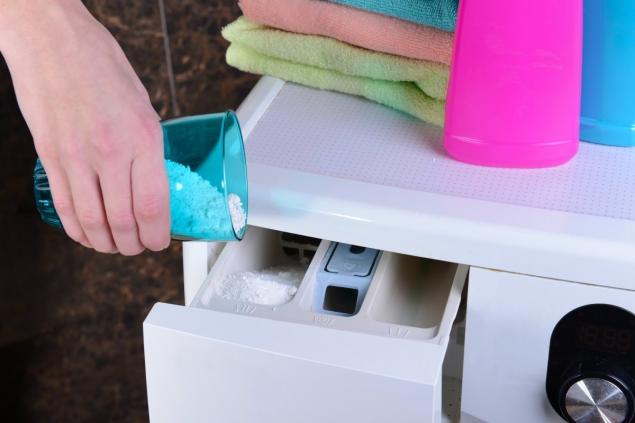
And consumer advocacy group Australia (CHOICE) expert Ashley Ayerdale goes even further. "We found that you can get a great wash using only a third of the recommended dose of detergent," Ayerdale told the Today show.
The difference between powder and liquid washing powders also settled on the criteria for choosing between washing powder and liquid washing agents. According to the expert, the powder copes better with fresh stains, as well as severe contamination on white things, but can sometimes leave marks on clothes.
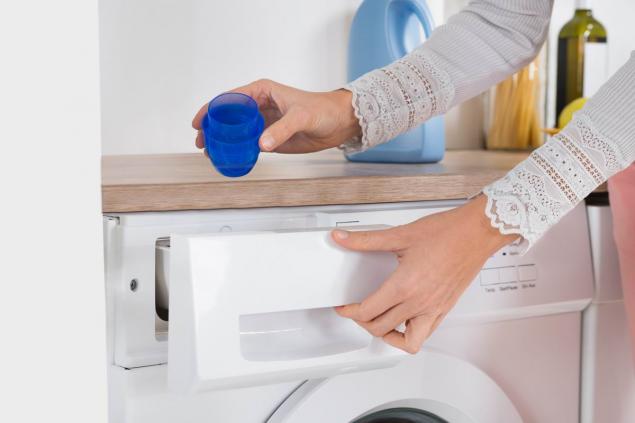
Liquids do not leave traces on linen, it is better to remove traces of sweat, but still lag a bit when it comes to complex stains. “Powders are generally superior to liquids. After all, your liquid is basically powder mixed with water, so you pay for water, explained the consumer goods expert.
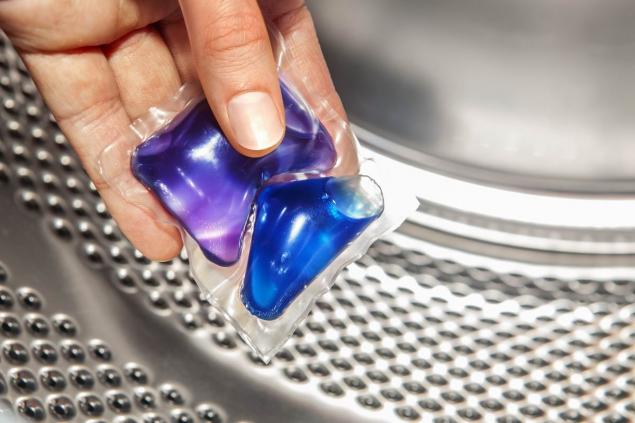
If you use a powder, but it leaves whitish divorces on your clothes, you can turn it into a liquid. Before you put the powder in the machine, simply dissolve it in water. So you use the strengths of powder products and get rid of their shortcomings.
Where to pour dry powder in a machine In washing machines of different brands, powder trays can look different. They are usually divided into three parts. Knowing which parts are intended for what will help labeling.
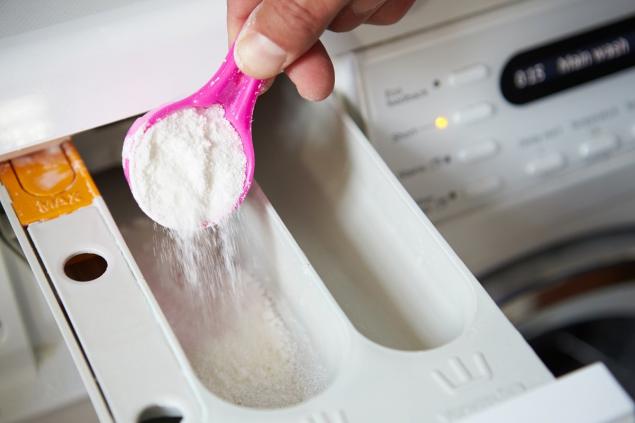
The number 1 or the letter "A" usually indicates the compartment in which the powder is loaded during pre-washing. For example, I rarely use it. The number 2 or the letter "B" corresponds to the compartment for the main washing cycle. It's usually the biggest. An asterisk or flower is marked with a container for rinses, softeners and air conditioners.
If your typewriter doesn’t have designations or they aren’t visible, a simple experience will help. Start the car in fast washing mode without soaking. Open the tray and see where the water goes. This part of the tray will be Section II(B).

Usually, we dose the powder, focusing on the information on its packaging. But the fact is that detergent manufacturers are interested in increasing sales, not saving our budget. Therefore, it makes sense to listen to the recommendations of experts.
On average, the following standards are indicated on most powders.

- With mild contamination of linen - 185 ml / 150 g of powder per load of the drum.
- With severe contamination - 280 ml / 225 g of powder per load of the drum.
Their excess leads to white divorces on clothes, clogging of a removable tray for washing machine powder and an unpleasant smell from the drum.

However, independent experts considered that with normal hardness of water, it is enough to put 1 tablespoon (25 g) of powder per 1 kilogram of dry linen in the washing machine. For soft water, this amount can be reduced to 15 grams. For example, in order to wash 4 kilograms of laundry in hard water, you need 100 grams of powder.

And consumer advocacy group Australia (CHOICE) expert Ashley Ayerdale goes even further. "We found that you can get a great wash using only a third of the recommended dose of detergent," Ayerdale told the Today show.
The difference between powder and liquid washing powders also settled on the criteria for choosing between washing powder and liquid washing agents. According to the expert, the powder copes better with fresh stains, as well as severe contamination on white things, but can sometimes leave marks on clothes.

Liquids do not leave traces on linen, it is better to remove traces of sweat, but still lag a bit when it comes to complex stains. “Powders are generally superior to liquids. After all, your liquid is basically powder mixed with water, so you pay for water, explained the consumer goods expert.

If you use a powder, but it leaves whitish divorces on your clothes, you can turn it into a liquid. Before you put the powder in the machine, simply dissolve it in water. So you use the strengths of powder products and get rid of their shortcomings.
Where to pour dry powder in a machine In washing machines of different brands, powder trays can look different. They are usually divided into three parts. Knowing which parts are intended for what will help labeling.

The number 1 or the letter "A" usually indicates the compartment in which the powder is loaded during pre-washing. For example, I rarely use it. The number 2 or the letter "B" corresponds to the compartment for the main washing cycle. It's usually the biggest. An asterisk or flower is marked with a container for rinses, softeners and air conditioners.
If your typewriter doesn’t have designations or they aren’t visible, a simple experience will help. Start the car in fast washing mode without soaking. Open the tray and see where the water goes. This part of the tray will be Section II(B).
Accidentally heard a conversation daughter and son-in-law and realized that extra in their house
I prepare for the feast of myrrh-bearers in advance, I know what every woman needs to do on the holy day.
